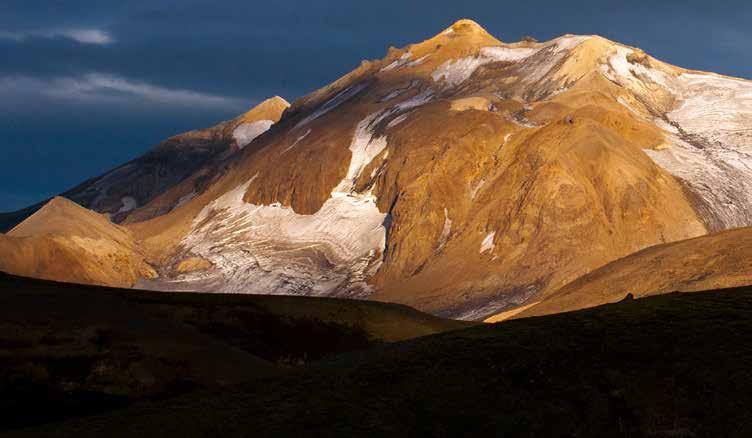
1 minute read
Iceland Symbolised in clothes
The Icelandic National Costume holds great signifi cance in the minds of most Icelanders. Every independence day (17th June), an Icelandic actress is chosen to represent the Fjallkona (the lady of the mountains) who symbolises Iceland as a whole. The Fjallkona appears in full traditional garb; the splendid Skautbúningur, complete with elaborate embroidery, belt of linked silver, silver brooch and a high white headdress.
Independence costume Th e origin of the Icelandic costume is unclear, as historical evidence is scarce before the 16th century. But from the 16th and 17th century evidence is more readily available from paintings and manuscripts. Interest in the traditional costume grew considerably in the 19th century when Iceland’s campaign for independence from Danish rule gained momentum. The costume proved a useful tool for a nation with a growing sense of national identity and became a symbolic icon for Iceland’s spirit.
History preserved
In order to preserve knowledge of the Icelandic traditional costume and the making of these costumes, the Ministry of Education and Culture established a National Costume Board in 2001. This board has since collected and supported extensive research on the Icelandic traditional costume.
Th roughout its history the national costume has developed and adjusted to diff erent fashion landscapes and now has several variations, including: Peysuföt, Upphlutur, Kyrtill, Skautbúningur and Faldbúningur. You can catch a glimpse of the Icelandic National Costume at Árbæjarsafn.
Further information at www.buningurinn.is











